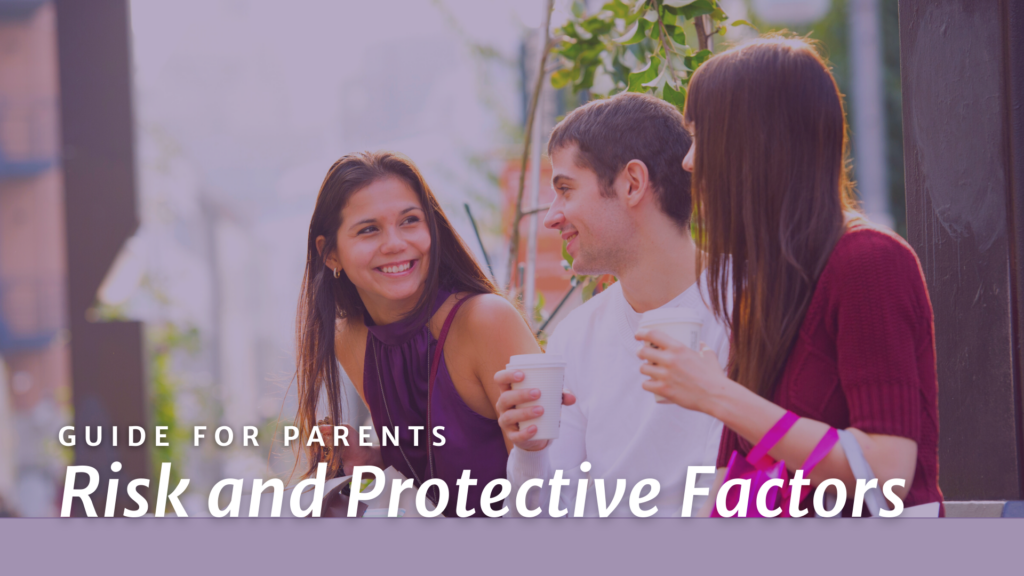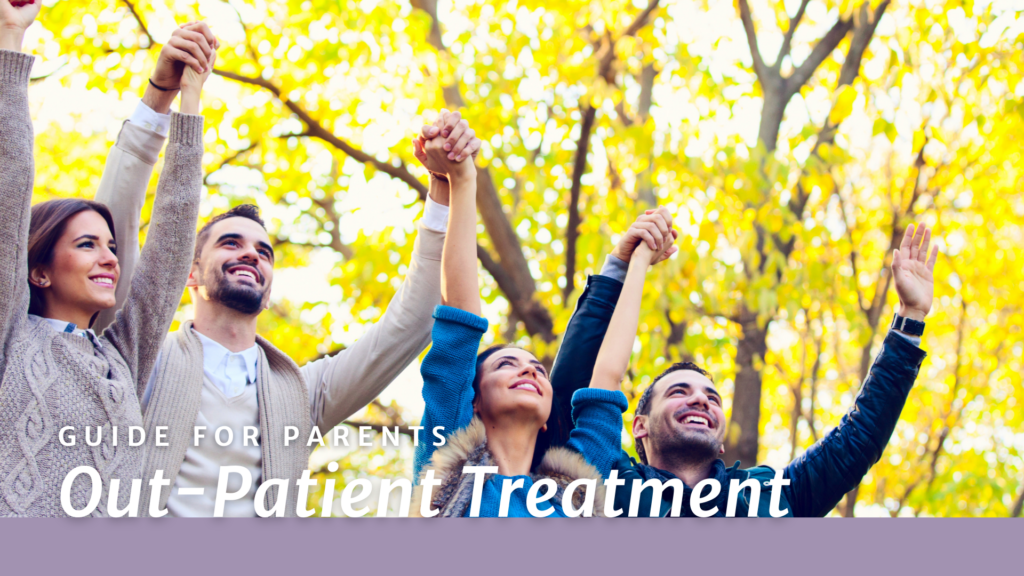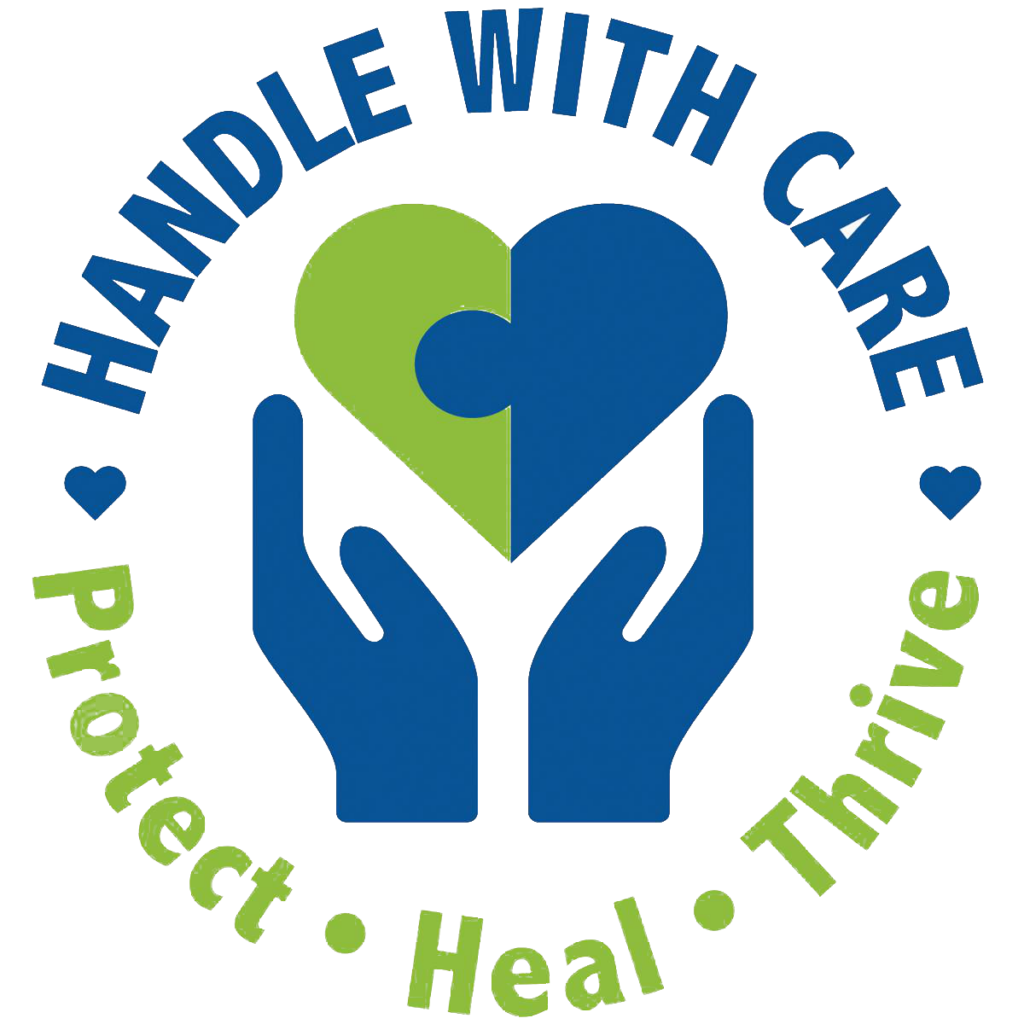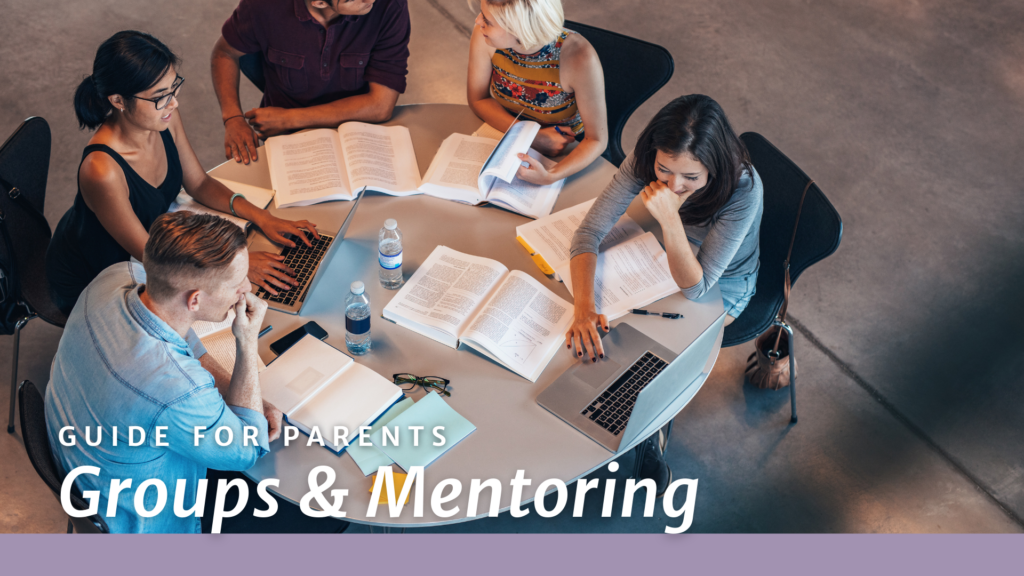Did You Know?
Overdose deaths involving methamphetamine between 2009 and 2019 – drugabuse.gov
Drug Types/Info
The Get Smart About Drugs website by the Drug Enforcement Administration is a great resource for identifying drugs, their street names, their use and paraphernalia, and their effects on users.
Addiction and Mental Health/Suicide
According to the US Department of Health and Human Services, a number of recent national surveys have helped shed light on the relationship between alcohol and other drug use and suicidal behavior. A review of minimum-age drinking laws and suicides among youths age 18 to 20 found that lower minimum-age drinking laws was associated with higher youth suicide rates. In a large study following adults who drink alcohol, suicide ideation was reported among persons with depression. In another survey, persons who reported that they had made a suicide attempt during their lifetime were more likely to have had a depressive disorder, and many also had an alcohol and/or substance abuse disorder. In a study of all non-traffic injury deaths associated with alcohol intoxication, over 20 percent were suicides. Find out more.
Continuum of Care
PREVENTION
Not sure how to prevent drug or alcohol use? Or what to do if you suspect or have discovered substance use? We have the science- and research-backed information to help you help your child.

OUT PATIENT TREATMENT
Outpatient
Low to Medium Intensity
Clients typically attend no more than nine hours of treatment a week (slightly less for teens) at a specialty facility while continuing to live at home. Many programs make services available in the evenings and on weekends so individuals can remain in school or continue to work.
Intensive Outpatient Program (IOP)NTENSIVE OUTPATIENT PROGRAM (IOP)
Medium to High Intensity
Clients attend 10-20 hours of treatment a week (slightly less for teens) at a specialty facility while continuing to live at home. Many programs make services available in the evenings and on weekends so individuals can continue to work or stay in school. This is a better option for individuals with accompanying medical or psychological issues who need multiple services, or have not been successful in outpatient treatment.

HYBRID OPTIONS
Partial Hospitalization Program (PHP)
Medium to High Intensity
Clients attends four to eight hours of treatment a day (20 or more a week) while continuing to live at home. Most families use these types of programs when their child needs an intensive and structured experience. Day treatment can be appropriate for individuals with co-occurring mental illness.
Residential (rehab)
Medium to High Intensity
These programs provide treatment in a residential setting and can last from one month to a year. Typically, residents go through different phases as they progress through the program. During certain phases, contact with your child may be limited. Ask questions about the program’s policies and procedures, and any additional services like education or vocational training.
Medications for Addiction Treatment (MAT)
For individuals with a physical dependency on certain substances, primarily heroin and other opioids, medication is provided in a specialized outpatient setting in combination with counseling and other treatment services.
IN PATIENT TREATMENT
Inpatient
High Intensity
Treatment provided in specialty units of hospitals or medical clinics offering both detox and rehabilitation services. Typically used for people with serious medical conditions or mental disorders.

GROUPS AND MENTORING
Types of treatment services
It’s important for individuals in treatment to receive a comprehensive range of services in order to address the full scope of the problem. If a service is not offered at your child’s program, the staff there should be able to help your family find it elsewhere.
Individual counseling
One-on-one counseling to explore personal problems that an individual may not be comfortable discussing in a group setting.
Group counseling
Usually consists of six to ten people with one or two counselors facilitating a discussion of their struggles, experiences and problems.
Educational services
Grade-appropriate or GED classes for teens still in school, or those who may have dropped out, to help reduce disruptions to their schooling.
Vocational services
Services to help determine an individual’s vocational aptitudes and interests, along with job skills development, resume assistance and other work readiness skills.
Life skills
Focuses on behavioral tools designed to help a teen or young adult cope with the stresses and challenges of daily life and develop greater self-esteem in order to better manage their recovery.
Mental health treatment
Individuals diagnosed with co-occurring mental illness need treatment for their substance use in addition to the mental illness, ideally in an integrated fashion. Treating the substance use alone will not help resolve underlying mental illness, and treating a depressive disorder alone will not resolve the substance use or dependence.
Family services
In most cases, family involvement is an important element in treating teens and young adults. It helps family members understand addiction as a chronic illness, helps the family have realistic expectations and goals for treatment, and helps improve communication and overall family functioning.
Continuing care
Sometimes labeled after care or follow-up care, this includes treatment prescribed after completion of a formal structured program in any type of setting. It is a necessary support plan for ensuring that the tools learned in treatment can be applied successfully in the real world.
FOLLOW UP AND RECOVERY
Recovery from addiction is about more than refraining from use. Recovery is about improving one’s quality of life, being emotionally and physically healthy, succeeding in school or work, having healthy relationships and a healthy social life. For most people, maintaining recovery requires supports and services after their initial treatment plan is complete. Common recovery supports and services include the following:
Recovery or sober house
These are transitional residences for adults 18 years and older in recovery. Homes usually have a small number of residents, a small professional staff, clear and enforced rules about abstinence and a significant level of structure. Potential residents should be able to make a three- to six-month commitment to living in a group situation where a major focus is remaining sober.
Sober dorms
For teens and young adults entering or already in college, you can ask the university if there are any dorms set aside for students in recovery. If not, you can ask about the procedure for establishing a sober dorm on campus; as requests increase, more universities are likely to create them for young people in recovery.
Recovery high schools
High schools that combine a state-approved curriculum (make sure the school meets requirements for granting diplomas) with recovery supports and services. For a list of recovery high schools as well as universities with sober dorms, visit recoveryschools.org.
Recovery support groups
In 12-Step groups like Alcoholics Anonymous (AA) and Narcotics Anonymous (NA), as well as in non-12-Step groups like Self-Management and Recovery Training (SMART), people come together to share their experiences with addiction, provide support to one another and help each other stay on the path of recovery. These groups have different styles, formats, and focuses, so it’s important to find a group your child is comfortable with that works best for them.




